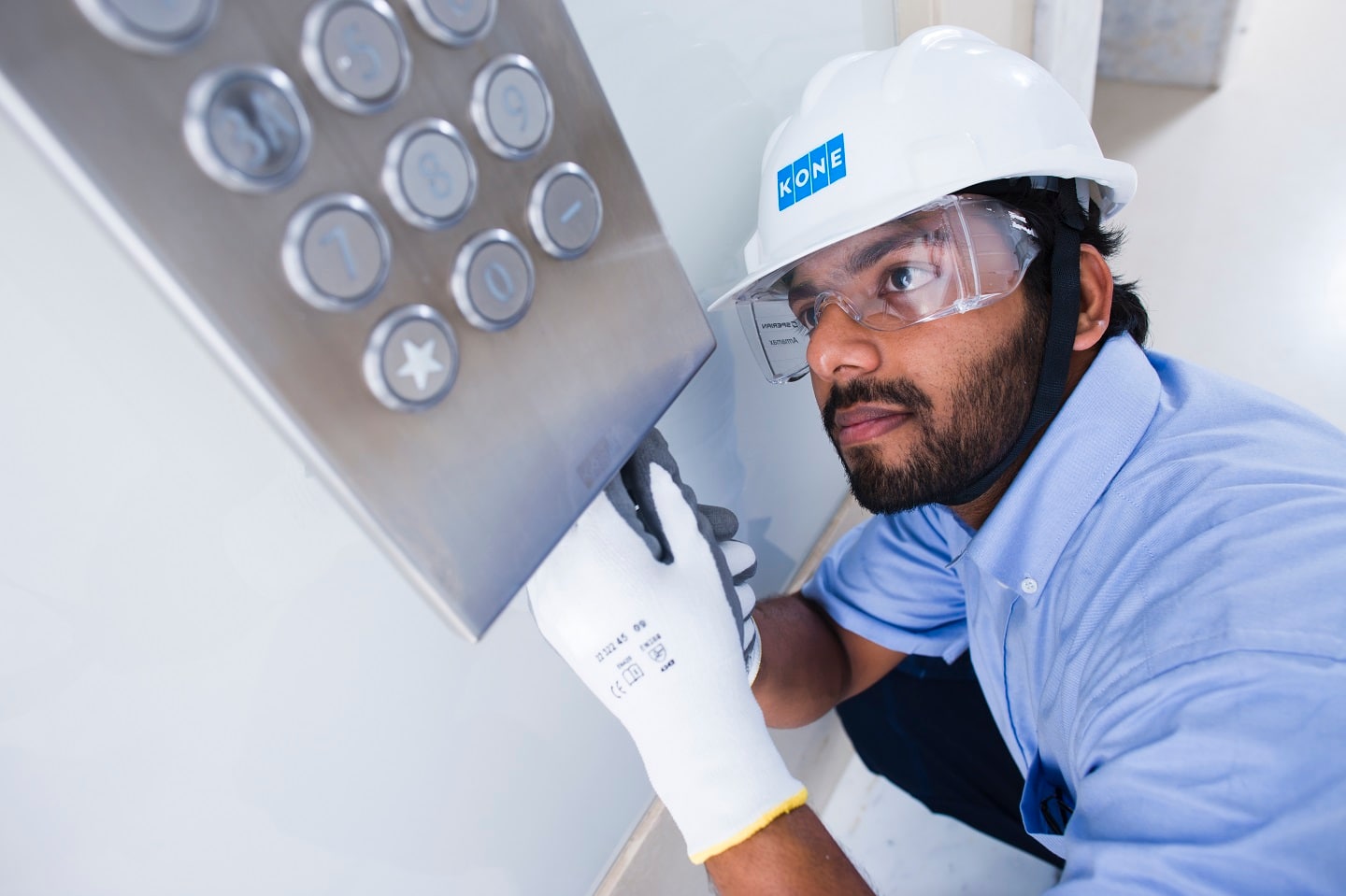Elevators are an essential feature of modern buildings, providing vertical mobility to occupants. However, traditional elevators can be energy-intensive and contribute to a building's carbon footprint. In the era of sustainability, green buildings aim to minimize their environmental impact through energy efficiency and resource conservation. Elevator modernization is a key aspect of making buildings more sustainable, as it can improve energy efficiency, enhance performance, and reduce operational costs. This article explores sustainable upgrades for elevators in green buildings, highlighting key solutions and benefits.
The Importance of Elevator Modernization in Green Buildings
Benefits of Elevator Modernization
- Improved energy efficiency: Modernizing elevators can result in significant energy savings by incorporating energy-efficient technologies such as LED lighting, regenerative drives, and standby mode operation.
- Enhanced performance: Upgrading elevator systems can improve reliability, speed, and safety, providing a better experience for occupants.
- Reduced operating costs: Sustainable upgrades can lead to lower maintenance and operational costs over the lifespan of the elevator system.
- Extended lifespan: Modernization can extend the lifespan of elevators, delaying the need for costly replacements.
Environmental Impact of Elevator Modernization
- Reduced carbon footprint: Energy-efficient elevators consume less electricity, resulting in lower carbon emissions and a smaller environmental footprint.
- Resource conservation: Modernizing elevators can help conserve resources such as electricity, water, and materials, contributing to a more sustainable built environment.
- Compliance with green building standards: Elevator modernization can help buildings meet green certification requirements, such as LEED or BREEAM, by improving energy performance and sustainability.
Sustainable Upgrades for Elevators
1. LED Lighting
LED lighting is a highly energy-efficient lighting solution that can be incorporated into elevator cabs and shafts. By replacing traditional lighting with LEDs, buildings can reduce energy consumption and maintenance costs while improving lighting quality.
2. Regenerative Drives
Regenerative drives capture and store energy generated by the elevator during operation and reuse it for future trips. This technology can significantly reduce energy consumption and heat generation, making elevators more efficient and sustainable.
3. Standby Mode Operation
Standby mode operation allows elevators to enter a low-power state when not in use, saving energy during periods of low traffic. By automatically adjusting power usage based on demand, buildings can achieve energy savings without compromising service levels.
4. Destination Control Systems
Destination control systems optimize elevator efficiency by grouping passengers with similar destinations together. This reduces travel time, stops, and energy consumption, resulting in a more sustainable and streamlined vertical transportation experience.
Case Study: Elevator Modernization in a LEED-Certified Building
Let's consider a case study of a LEED-certified commercial building that underwent elevator modernization to improve sustainability:
Building Profile
- Location: New York City
- Type: Office building
- Certification: LEED Gold
Modernization Scope
- Installation of regenerative drives
- Upgrading to LED lighting
- Implementing destination control system
Results
- Energy savings of 20% per year
- Improved elevator performance and reliability
- Reduction in carbon emissions
- Enhanced occupant experience
Conclusion
Elevator modernization is a crucial component of sustainable building practices, offering numerous benefits for both building owners and occupants. By implementing sustainable upgrades such as LED lighting, regenerative drives, and destination control systems, buildings can improve energy efficiency, reduce environmental impact, and enhance vertical transportation performance. As the demand for green buildings continues to rise, elevator modernization solutions will play an increasingly important role in creating more sustainable and efficient built environments.

